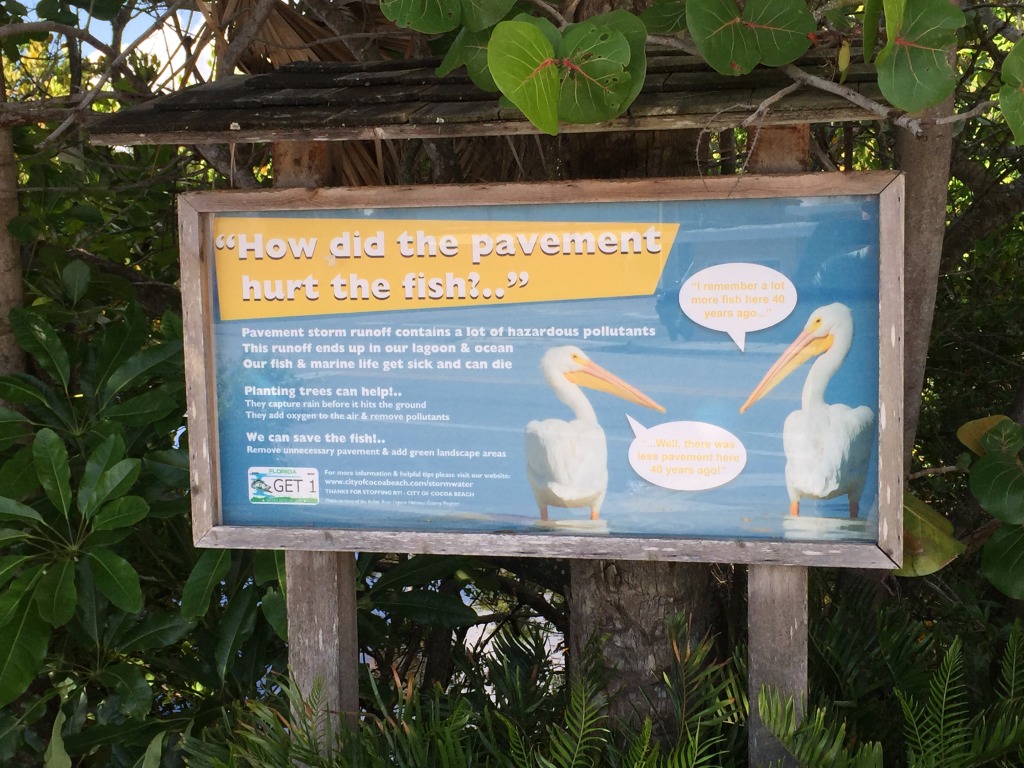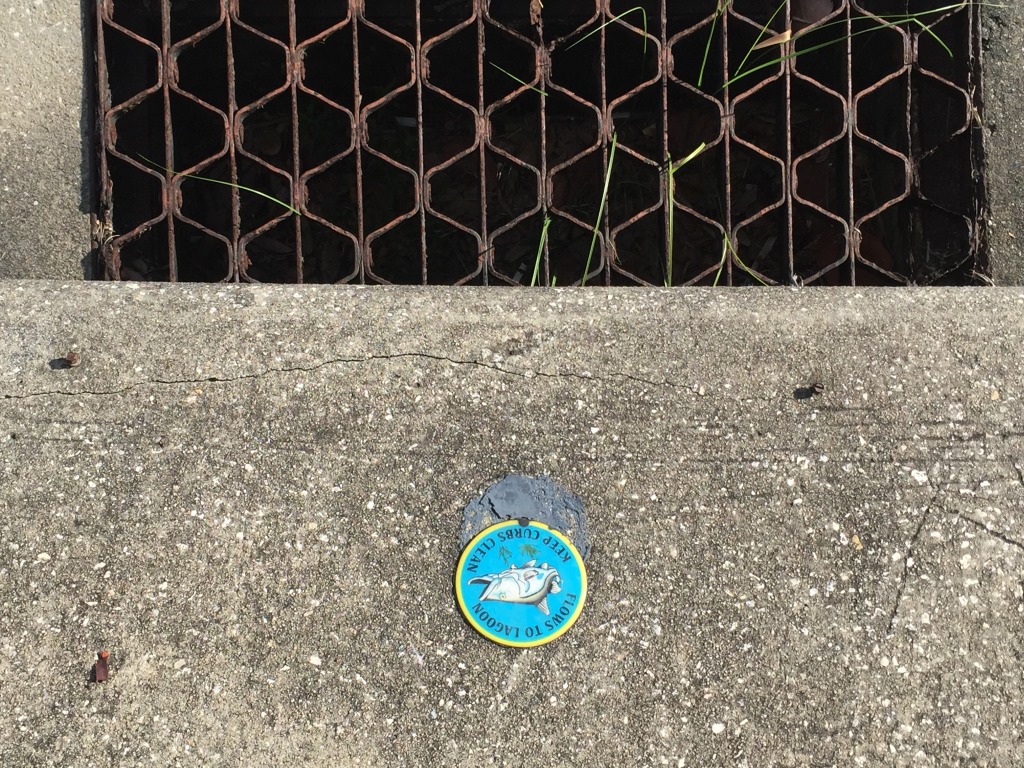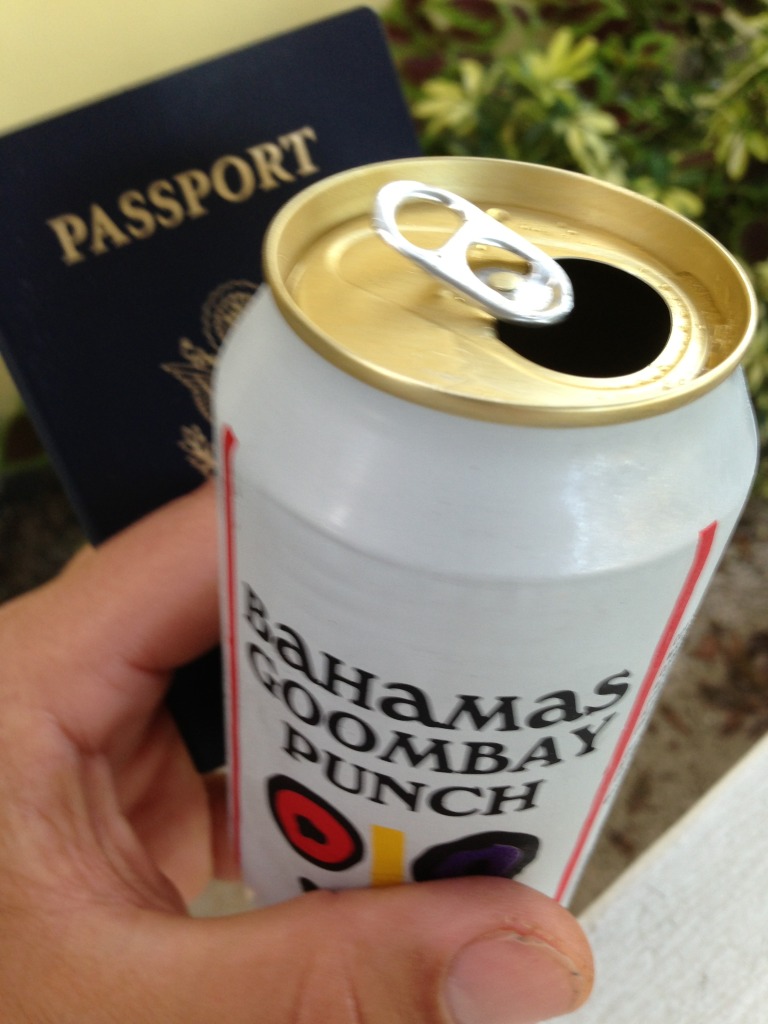The overwhelming push on environmental issues that are far from clear like anthropologic climate change on social media sometimes results in easily understood and non controversial ones to be overlooked. For instance, water quality in our communities’ waterways has declined over the past decades, yet not a lot of people are aware of the issue and how easily they can change their behavior to improve it.
Whether inland or along the coast in Florida, decades of fertilization of yards has resulted in lush landscapes around most neighborhoods. The unintended consequence is run-off of excess fertilizer into adjacent streams, ponds, lakes and rivers. The resulting nutrient load in the water results in algae blooms and uncontrolled growth of various submerged and emergent grasses and plants. In the worst of cases, oxygen levels plummet and living creatures throughout the water column die.
Even cutting grass and allowing it to get washed into storm water sewers has the same effect, as the clippings contain high amounts of nutrients that are easily released into the water, upsetting the natural balance.
In order to combat these problems, many communities have asked their residents to suspend fertilizer application through the rainy season, June – December. Doing so will help to prevent the run-off from thunderstorms being so easily loaded with excess nutrients.
In addition, several counties and municipalities are using placards and public information campaigns to educate the population on how to avoid sending clippings downstream into bodies of water by simply being mindful of where your mower sheds clippings. Don’t blow them into the street, send them back across the yard where they can degrade and release the nutrients into the lawn, where you want them anyway.
Simple problems and simple solutions are easy to understand. They don’t contain hidden agendas or the creation of “credits” made out of a nebulous idea that go to an equally mysterious bank.
If your neighborhood lacks a similar program, get involved and get one started. The cost is low and the benefit to the environment is real.
Check out how its being done along the Indian River Lagoon in Brevard County, Florida. Its a great example of how little ideas can have a big impact.



